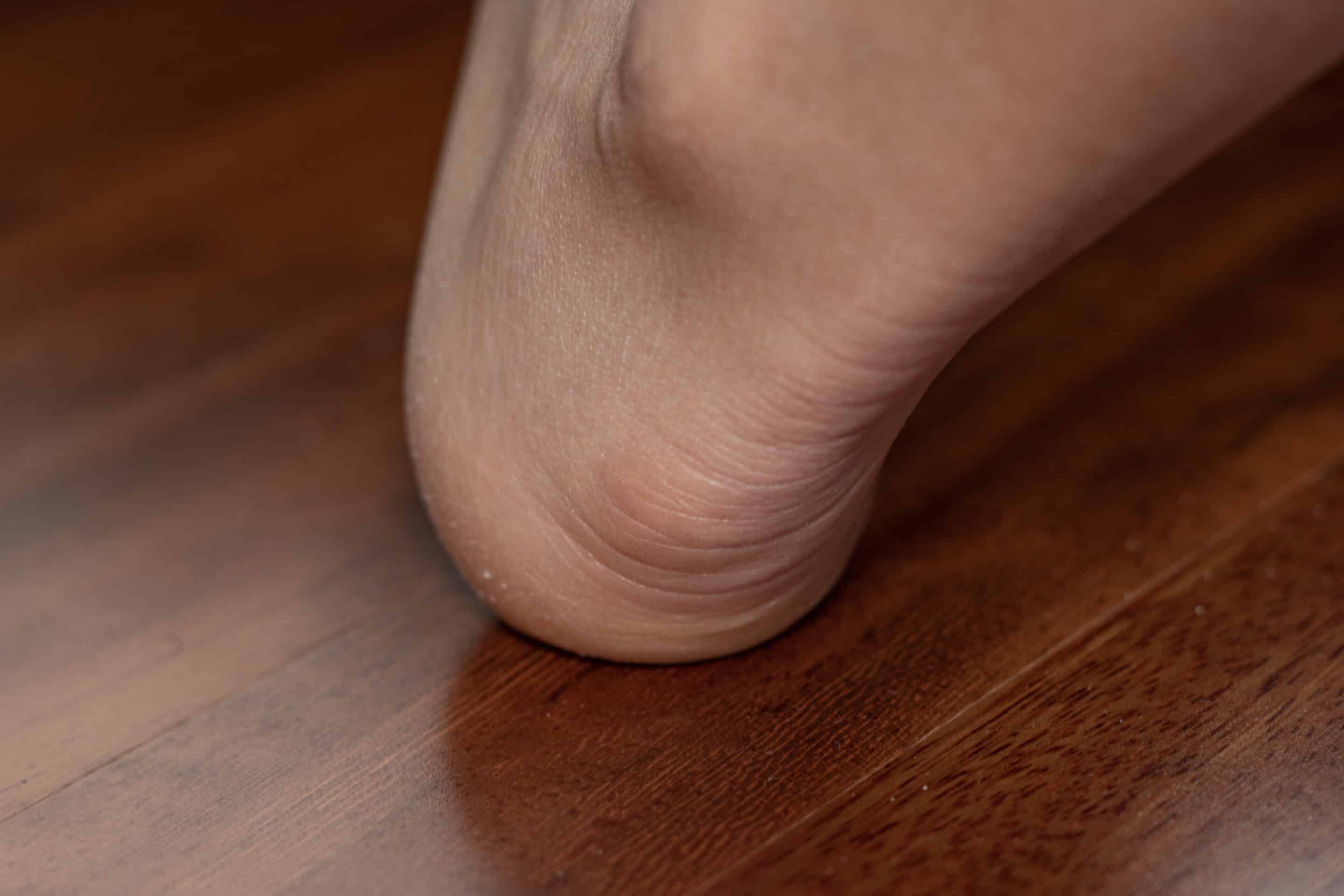Bursitis
Heel bursitis, also called retrocalcaneal bursitis, occurs when the small, fluid-filled sac (bursa) at the back of the heel becomes inflamed. These bursae normally cushion your bones and tendons, but when irritated, they cause pain, swelling, and stiffness near the Achilles tendon. Heel bursitis is often confused with Achilles tendinitis or plantar fasciitis, but it is a separate condition that requires a different treatment approach. A podiatrist can pinpoint the true cause of your heel pain and create a treatment plan tailored to your needs.
Common Symptoms of Heel Bursitis
Heel bursitis often leads to discomfort at the back of the heel, which becomes more noticeable during walking, standing, or wearing certain shoes. The area may appear swollen, warm, or red, and pressing near the Achilles tendon often results in tenderness. Many people find that stiff or tight shoes make the discomfort worse, especially around the heel collar.
What Causes Heel Bursitis?
Bursitis develops for many reasons, most often from repetitive stress such as running, jumping, or prolonged walking. Shoes that are too rigid or poorly fitted can rub against the heel and trigger irritation. Structural issues like an abnormal gait, direct trauma to the back of the foot, or underlying conditions such as arthritis may also contribute. Heel bursitis is particularly common in athletes and older adults, who may experience added strain on the heel over time.
Diagnosing Heel Bursitis
When you visit us for heel pain, diagnosis begins with a thorough medical history and physical exam. The doctor will assess the heel for tenderness, swelling, and limited movement while ruling out other conditions like Achilles tendinitis or plantar fasciitis. In some cases, imaging tests such as X-rays or ultrasound are recommended to confirm the diagnosis and guide treatment.
Treatment Options for Heel Bursitis
Most cases of heel bursitis improve with non-surgical treatment. Rest and ice are often the first steps to reduce inflammation, while proper footwear with cushioning can protect the heel from further irritation. Anti-inflammatory medications, stretching exercises for the calf and Achilles tendon, and supportive inserts like heel lifts or orthotics may also provide relief. For stubborn cases, cortisone injections can be considered. Surgery is rarely needed but may be an option if conservative methods do not resolve the issue.
At-Home Care Tips for Managing Heel Bursitis
If you are seeking home treatment for heel pain, try applying ice packs regularly, wearing shoes with a soft back and wide heel collar, and avoiding uphill walking or high-impact activities. Gentle stretching of the calves and Achilles tendon can also ease strain. Some patients benefit from using a heel cup or night splint for additional support and comfort.
When to See a Heel Pain Specialist
It’s important to seek help if heel pain does not improve within a few days. See a podiatrist if swelling increases, walking becomes difficult, or home remedies fail to bring relief. Addressing symptoms promptly can stop the problem from progressing and reduce the risk of long-term complications.
Why Choose Us for Heel Bursitis Treatment?
Our team of foot specialists have extensive experience diagnosing and treating heel bursitis as well as other complex heel conditions. We use advanced diagnostic tools, offer customized orthotics, and provide modern therapies tailored to your needs. Patients from Casa Grande, Maricopa, Eloy, and nearby communities trust us for compassionate, effective foot care.
Schedule an Appointment Today
If you’re struggling with pain behind your heel, don’t wait for it to get worse. Our podiatry team specializes in diagnosing and treating heel bursitis quickly and effectively. Schedule your appointment today and get back on your feet.

